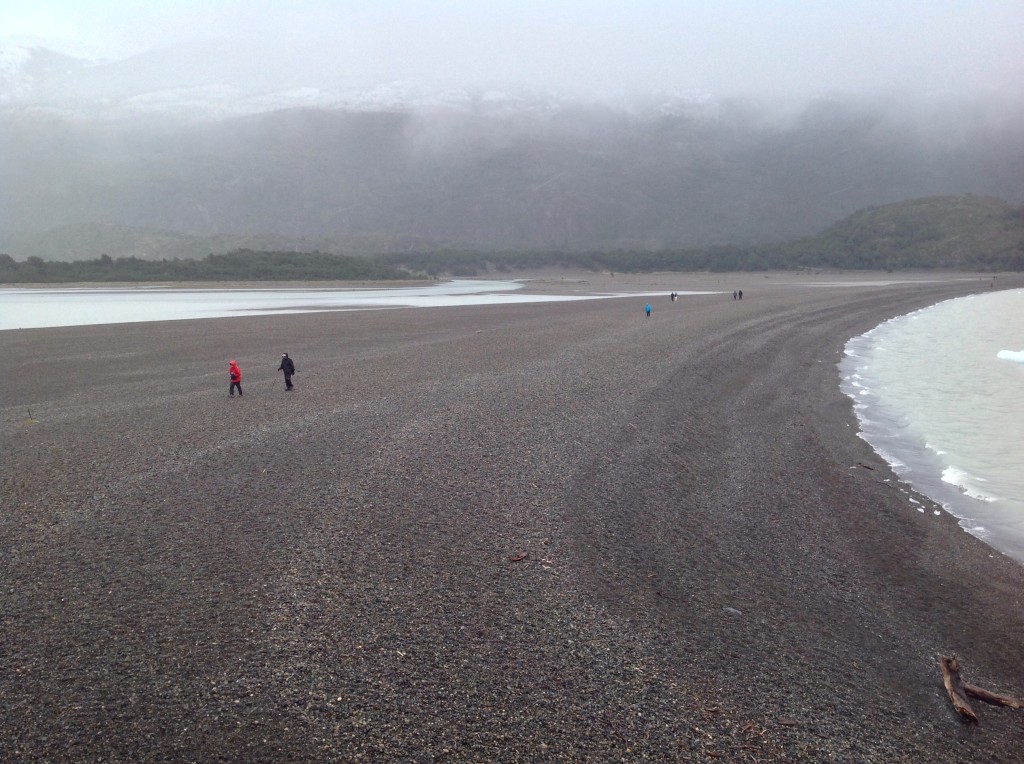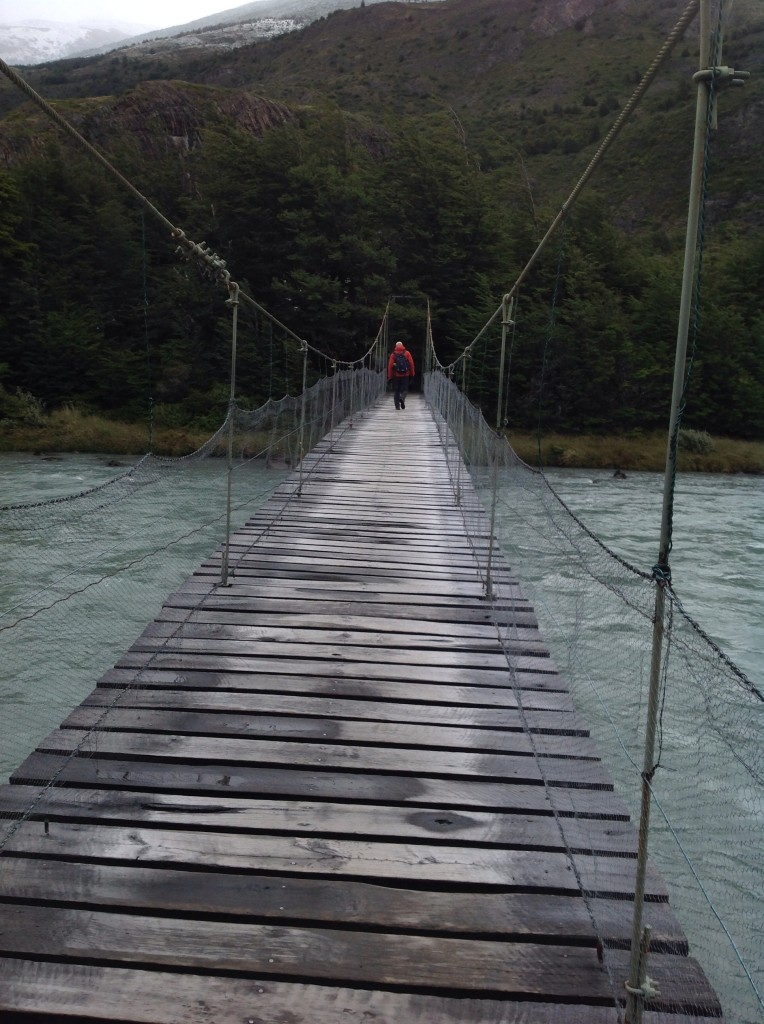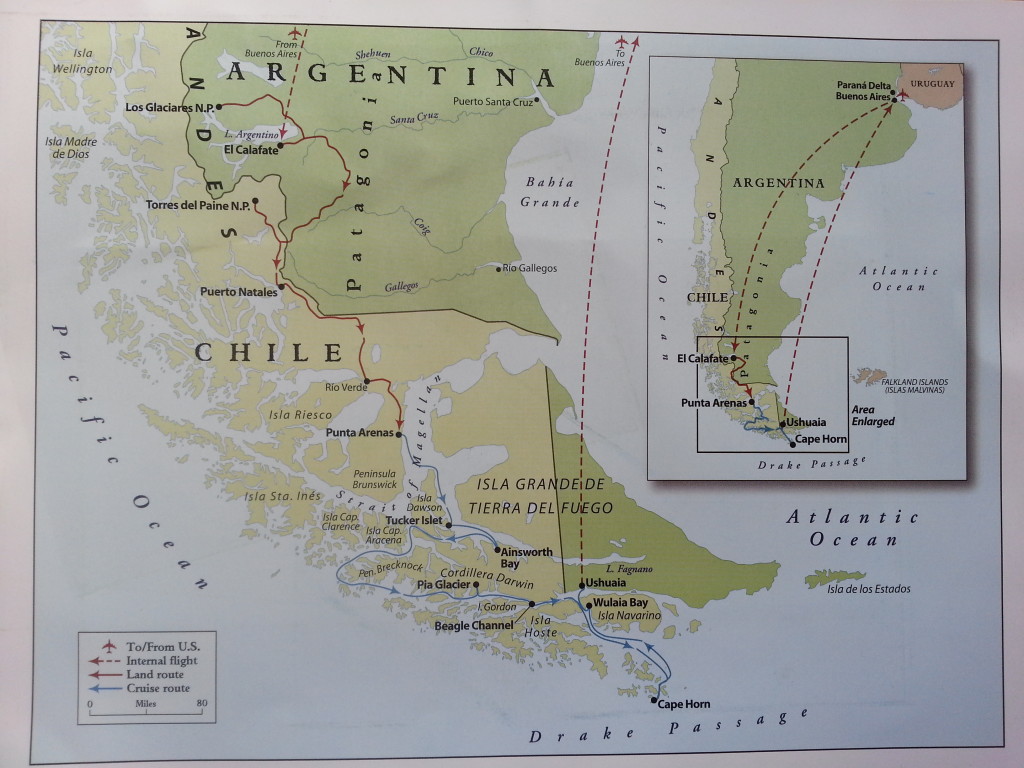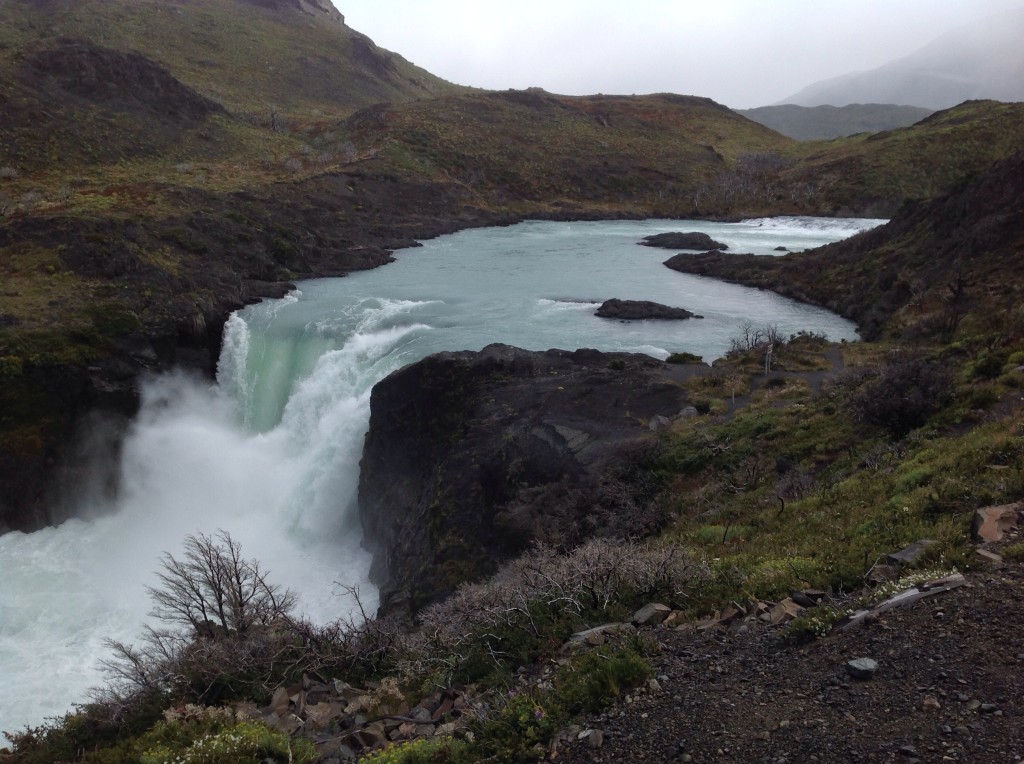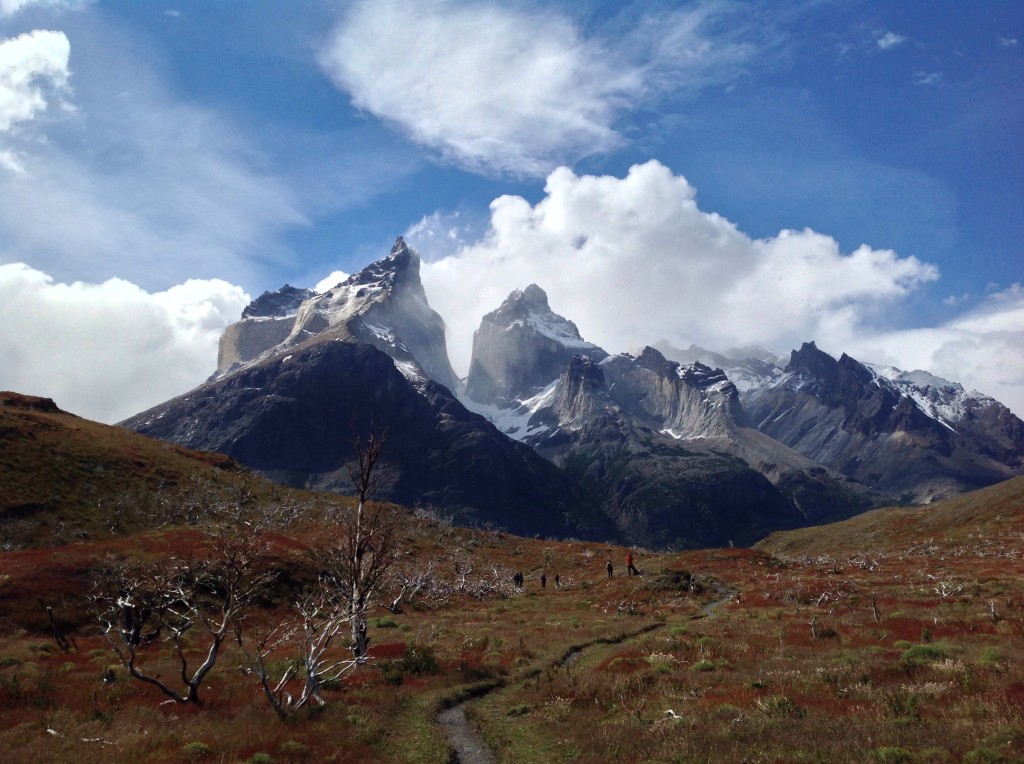After last week’s posting, Big Data Targets, about a woman employing various strategies to prevent her pregnancy from becoming an advertising target, I felt a renewed interest to explore more about how my data is collected and used each time I use the internet. And when I say “use the internet” I basically mean using any type of web-based application, such as Gmail or Facebook, any online shopping and just general browsing.
One of the most obvious uses of collected data is for interest-based advertising, which is basically what it sounds like, advertising that is targeted to the specific interests of a potential consumer. So example for a pregnant woman this would include things like diapers, strollers, pre-natal vitamins, baby clothes, etc. The interests are derived through a variety of means, but as I understand it, it’s mostly done through the use of cookies, which are small packets of data that get installed on your device when you visit certain websites or click on advertisements. This data then gets transmitted back to the originating company or service for analysis. Data collected includes things like your IP address, which gives a general idea of your location, search terms used, sites visited, ads clicked on, etc. It’s a data mine. Some companies, like Amazon, are direct about the interest-based advertising and allow users to opt-out through the settings.
Although I’ve known about this for some time, understanding how everything works is so complicated that I sometimes just accept it as a necessary part of using the internet. However last week’s post, and the research I did on the topic, got me thinking about a few things:
- How can we have more control about who sees what we’re doing? And do we care? Do we like the benefits of interest-based advertising?
- What is being collected? What is the primary or intended use of the collected data?
- What else can be done with the collected data?
Some people enjoy the benefits of targeted advertising because it means they get discounts for products/services that specifically interest them. And other organizations and services exist, such as Adblock Plus, Tor, and the Networking Advertising Initiative that are more invested in empowering consumers to have a bit more control about how their data is being mined and collected.
Here is an article explaining the difference between the Dark Web and the Deep Net, and how to access them anonymously.
How do you feel about receiving targeted advertisements?


